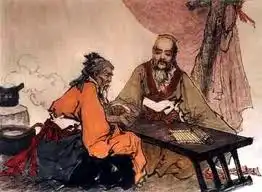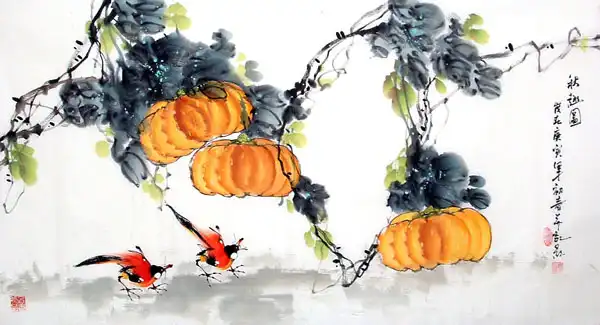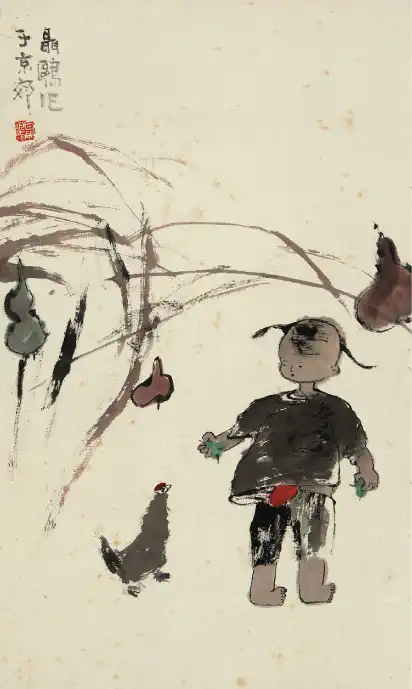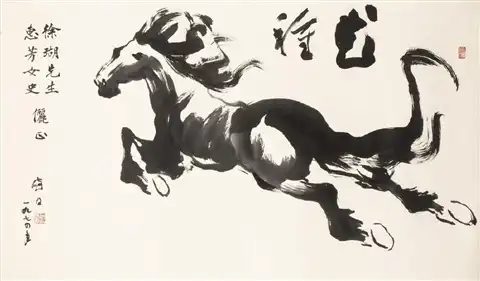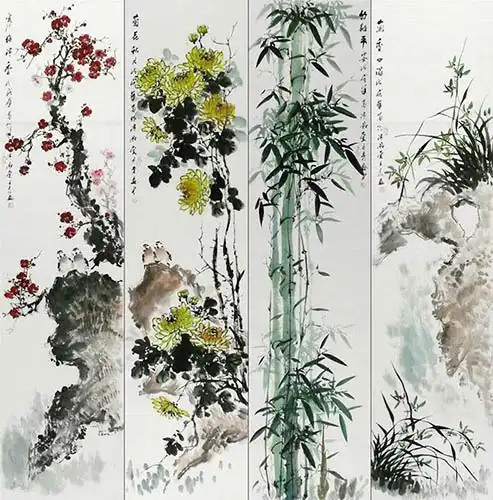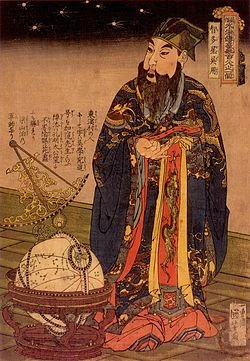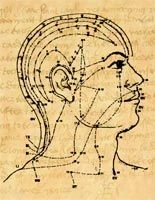Qi manifests simultaneously on the physical and spiritual level. It is in a constant state of flux and in varying states of aggregation. When Qi condenses, energy transforms and accumulates into physical shape.
According to traditional Chinese medicine there are different “types” of Qi ranging from tenuous and rarefied, to the very dense and coarse. All the various types of Qi however are ultimately one Qi merely manifesting in different forms. It is important therefore to see the universality and particularity of Qi simultaneously. On one hand there is only one Qi that assumes different forms, but on the other, like in in practice, it is also important to appreciate the different types of Qi.
"Qi changes its form according to its locality and its function. Although Qi is fundamentally the same, it puts on “different hats” in different places assuming different functions. Nutritive Qi exists in the Interior of the body. Its function is to nourish and it is denser than Defensive Qi, which is on the Exterior and protects the body. Derangement of either Defensive or Nutritive Qi will give rise to different clinical manifestations and will require different kinds of treatment. Ultimately, though, they are nothing but two different manifestations of the same Qi energy.” (pg.37-38) (1)
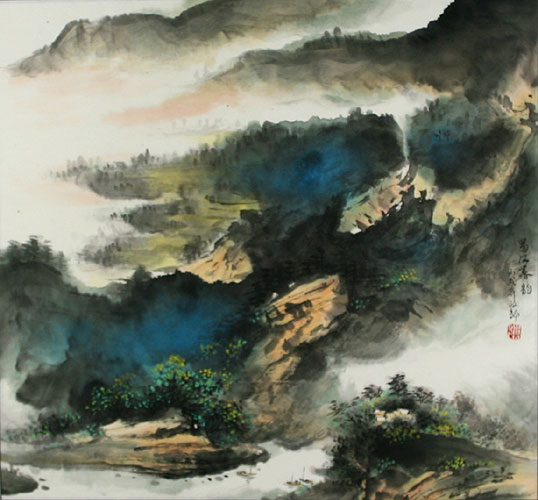
Based on the type and its location Qi executes different functions: it transforms and transports food and fluids; it holds blood, blood vessels, and body fluids; it raises the organs upwards; it warms the body; and it protects the body from pathogenic factors.
Each organ directs the movement of Qi in certain way. The Lung being the uppermost organ in the torso (often referred to as “the umbrella organ”) directs the Qi downward to the rest of the organs. The Kidney on the other hand being the lowest organ directs the Qi upward. The Liver sends the Qi in all directions. The Spleen ascends Qi, the Stomach descends Qi.
Good health manifests when the direction of Qi movement is undisturbed and the Qi movement is continuous. If the Qi fails to move or the direction of Qi movement is disturbed the Qi becomes pathological and the health - unbalanced.
There are four different Qi pathologies: 1) Rebellious Qi - when the Qi flows in the wrong direction. For example when the Qi of the Stomach becomes rebellious it will cause nausea and vomiting, while rebellious Lung Qi will cause cough. 2) Sinking Qi - when the Qi cannot perform its holding function leading to organ prolapse. 3) Stagnant Qi - when the Qi ceases to move and stagnates. A common cause for Qi stagnation is stress. And 4) Qi deficiency – when the Qi is depleted. (1)
Beside the concept of Qi there are many other concepts and principles in Traditional Chinese Medicine but they will not be reviewed in this project in order to keep things simple and help the general public grasp the basics of TCM without confusion. An essential part of Traditional Chinese Medicine that we cannot go without, though, is the concept of Yin and Yang and The Five Elements theory which are both reviewed in the Physiology chapter.
YS
(1) Maciocia, Giovanni (1989). The Foundations of Chinese Medicine. Nanjing: Harcourt Publishers Limited
Related Articles:

